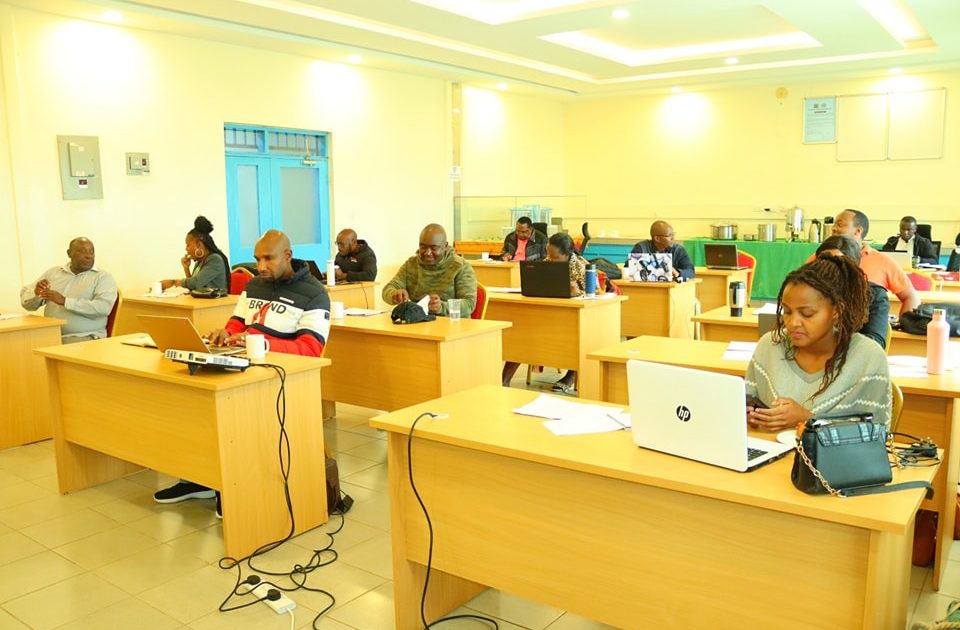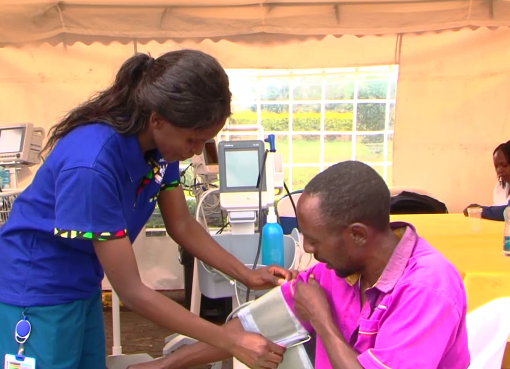Stakeholders in livestock farming in Kiambu County have been urged to use properly formulated feed that will provide their animals with the nutrients they require for optimal growth and milk or egg production.
This was during a training conducted by the Kenya Industrial Research and Development Institute (KIRDI) in collaboration with animal health and nutrition stakeholders on animal feed formulation for commercial and farm use.
The five-day training, which targeted farmers and entrepreneurs who have ventured into feed formulation and manufacturing, covered the basics of animal nutrition, feed stuffs and their selection, quality control of both the raw material and feed product, processing of feed stuff, feeding standards and ratio formulation using state-of-the-art computer software.
Speaking during the forum, Dr Martha Induli from KIRDI said feed formulation for commercial purposes includes determining volumes of ingredients and additives to blend to create compound feeds that meet the known nutrient requirements of targeted species and achieve production goals at an optimised cost.

“A properly fed animal will develop strong bones, muscles and tissues and its immune system will function properly, which leads to improved performance and increased yields, which is the goal of every livestock farmer. Age, weight, production goals and other physiological requirements of the animal are also taken into consideration,” she said.
Dr Induli also noted that there were a few categories of feed formulation methods: manual, mathematical, or statistical, but the primary focus of the training was the computer method, in line with the government’s agenda of a thriving digital economy.
“The computer method involves the use of special software programmes that take into account all factors as well as the availability and cost of the various feed ingredients. By entering these variables into the software, the computer can create a recommended feed formula that meets the animal’s nutritional needs while optimising costs and minimising waste,” she said.
The formula could also be easily adjusted to achieve the desired result, unlike the previous years, when the trial-and-error method was used, where feed was formulated from available ingredients and tested on animals to determine if it met the animals’ nutritional needs. Based on the results of the trial, adjustments are then made until the desired nutrient profile is achieved, which may take months or even years to perfect.
Joseph Mwangi, a poultry farmer from Juja present at the forum, said he was interested in feed formulation as the commercially produced feed would sometimes lack the proper nutrition that his chickens required, especially in cold weather where egg production dwindled.
“All animals are not the same and what works for one farmer might not work for the other. The information I have received will help me formulate feed that will be specially produced for my poultry business and I believe this will be a game changer for my business,” he said.
The training benefits county governments, feed manufacturers, feed-related affiliates, universities, community-based organisations (CBOs), farmers, feed suppliers and researchers. Since its inception, more than 290 participants from different counties within Kenya as well as from countries across the East African region have been trained.
By Hellen Lunalo





